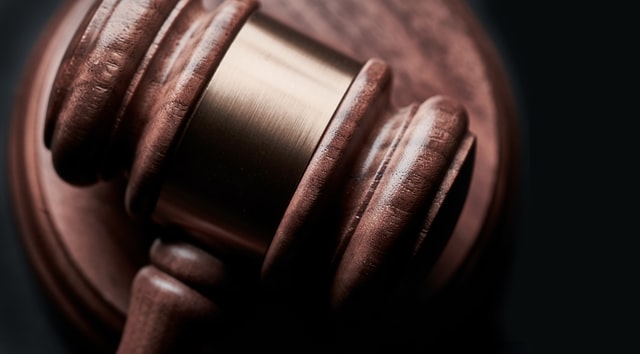When a person gets hurt, there are two different types of injuries: bodily injury and personal injury. In the legal field, these two words have different meanings and should not be confused as it could be the turning point for any case that is presented before an attorney or a court of law.
If you have suffered an injury and you are unsure whether it falls under personal injury or bodily injury, this article is for you. Read below as Flagler Personal Injury Group demystifies the terms.
Table of Contents
Personal Injury
Before an injury can be classified as a personal injury, first, you need to know what a personal injury is. Personal injuries are elements of civil law and could earn the victim monetary compensation for the losses incurred.
In essence, personal injuries are injuries that are suffered by one person on account of another person’s negligence or wrongdoing. For a personal injury lawsuit to be initiated, the offending party must be established to have been at fault for the events or series of events that culminated in the injury and discomfort suffered by the victim.
Personal injury cases are often a result of accidents. However, in accident cases where the victim’s injury resulted in death, the deceased’s family can seek compensation for the loss of their loved one on account of the negligence of the at-fault party. You can read more to know more about personal injury firm.
Legal Aspect of Personal Injury Cases
To better understand personal injury cases, you need to understand the key terms that are in operation. These include;
– Statutory Limitations
This is the time gap allowed by the law from the time of the accident to pursue a claim for compensation. In most cases, there is a two-year limitation from the time of the accident for the victim to file a personal injury claim. This limitation is set for the preservation of evidence and other reasons. However, in some cases of delayed symptoms, the two-year limit comes into effect from the point of realization of the injury.
– Liability
Liability is a major issue in all personal injury cases. Liability in layman’s terms means responsibility. A person that is liable for an accident has been established to be at fault. However, in some cases, liability may be shared both by the victim and the other party. In such cases of shared liability, the percentage contribution of each party is weighed and the compensation is awarded based on the percentage of liability contributed.
– Burden of proof
The victim who has suffered injuries is expected to prove the connection of the injury to the accident. In such cases as this, the burden of proof is usually lower compared to say, a criminal case. To receive compensation, the victim must be able to show that the defendant or at-fault party was negligent in their actions or discharge of their duties.
Bodily Injury
To better understand what a bodily injury is, you need to understand the elements that make it different from a personal injury. A bodily injury is quite specific and although used in criminal cases, it can also have clear meanings in insurance terms.
Legal aspects of bodily injury cases
A bodily injury case may arise against an insurance company, especially when auto insurance products come into question. In a bodily injury case, the driver may be able to claim full medical coverage at the expense of the at-fault driver after an auto accident.
A driver auto insurance coverage of bodily injury will be able to cover damages to other drivers, and passengers, in the event that such a driver has been established to be at-fault.
How to file for a bodily injury claim
– Assess the situation – one of the very first things you should do after an auto accident is to assess the situation as calmly as possible. If you can, try to get everyone away from danger, take as many pictures as you can, and in the event of severe injuries, call an emergency response team.
– Call and wait for the police – after ensuring that everyone involved is safe from further harm, call the police to report the incident. The police will come to the scene to take account of it which makes the first official documentation for the accident. Be sure to provide all of the information that you remember about the incident.
– Gather necessary documents – collect all of the relevant documents including photos and videos of the accident scene, police report, and others. Be sure to also write down the sequence of events leading to the accident to prevent missing out on key details in the future.
– Collect information of others involved – be sure to speak to the other driver to collect their information as well as their insurance details, name, phone number, and address.
– Speak to a lawyer – after collecting all relevant information, you can proceed to speak to a lawyer who will guide you through the process.

